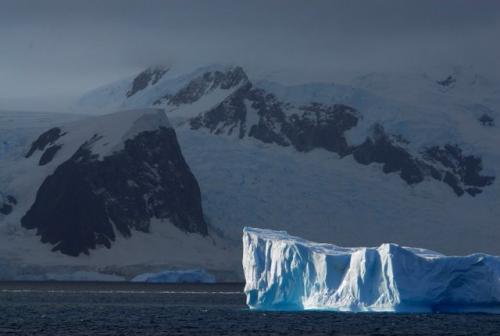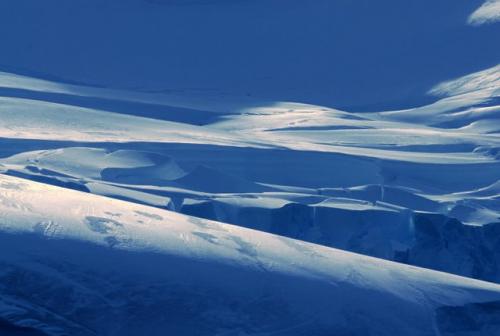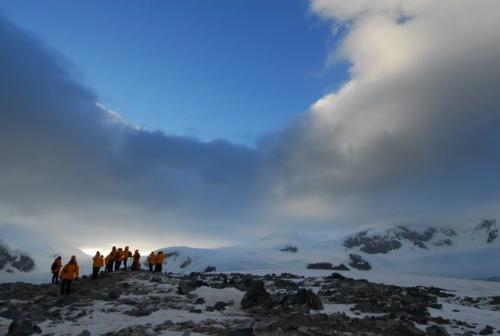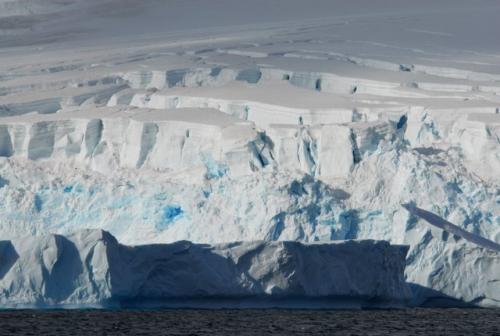Antarctica - Continent of Extremes

Antarctic Iceberg
Antarctica is the fifth largest continent on the planet with an area of about 14 million square kilometres. How does that compare to Canada and my home province of British Columbia? Canada is approximately 10 million square kilometres and the province of BC is about 1 million square kilometres. So… Antarctica is approximately 14 times larger than BC and 40% larger than Canada. It is BIG!
What is astonishing to me is that Antarctica is a continent of extremes. It is a land mass covered with a huge quantity of ice (as we all know). In fact over 98 % of its 14 million square km is covered by a permanent ice sheet averaging 2450 metres thick (about 8000 feet). For those of you who know Vancouver, that thickness of ice is about twice the distance from the ocean to the top of Grouse Mountain (1231 metres or 4039 feet). Taking that one step further, approximately 90% of the all the ice on Earth is located in Antarctica. There is so much ice in Antarctica that you could carve up blocks of ice each the size of the Giza pyramid in Egypt for every person on the planet!

Antarctic Ice
One guidebook I read states that Antarctica is cold, windy and dry. What an understatement! Antarctica is in fact the coldest, the highest, the driest and the windiest continent!
Coldest Continent
Temperatures around the continent vary but during the coldest month (August) the temperatures in the interior of the continent range from -40 to -70 C (-40 to -90 F). In the warmest month (February) temperatures range from -15 to -45 C (5 to -49 F). The coldest temperature ever recorded on Earth was also on Antarctica: -89C or -129 F!

View from atop a small Antarctic Peak
Highest Continent
Taking the thick layer of ice that covers the continent into account, Antarctica is, on average the highest continent on Earth. The highest point is the peak of Vinson Massif (4,892m or 16,050 feet). There are though many huge peaks (over 3000m or 9000 feet) that you cannot even see because they are completely smothered in ice!

Antarctic Ice
The South Pole itself is 2,835 m above sea level (9240 feet) on top of a layer of ice of about that thickness. How does that compare to the North Pole? Well… the North Pole is at an elevation of about 1 metre… because the Arctic is simply frozen ocean.
Driest Continent
With an average precipitation of less than 2 inches (5 cm) per year, Antarctica is the driest continent in the world. In fact Antarctica gets not much more precipitation than the Sahara Desert in Africa. Antarctica gets so little rainfall that it can be considered the largest desert on Earth.
Windiest Continent
Antarctica is also the windiest continent. In addition to global wind currents, due to its range in elevations and very cold temperatures, Antarctica actually creates its own wind systems. Cold dense air basically slides down from the high elevation ice fields toward the coastal lowlands, often at very high speeds.
Antarctica is truly a continent of extremes!!
 Funded by TEK
Funded by TEK
Wow! I had no idea.
Hi Danny. Long time out of the classroom for me and you are still teaching me the good stuff.
Later,
Tess